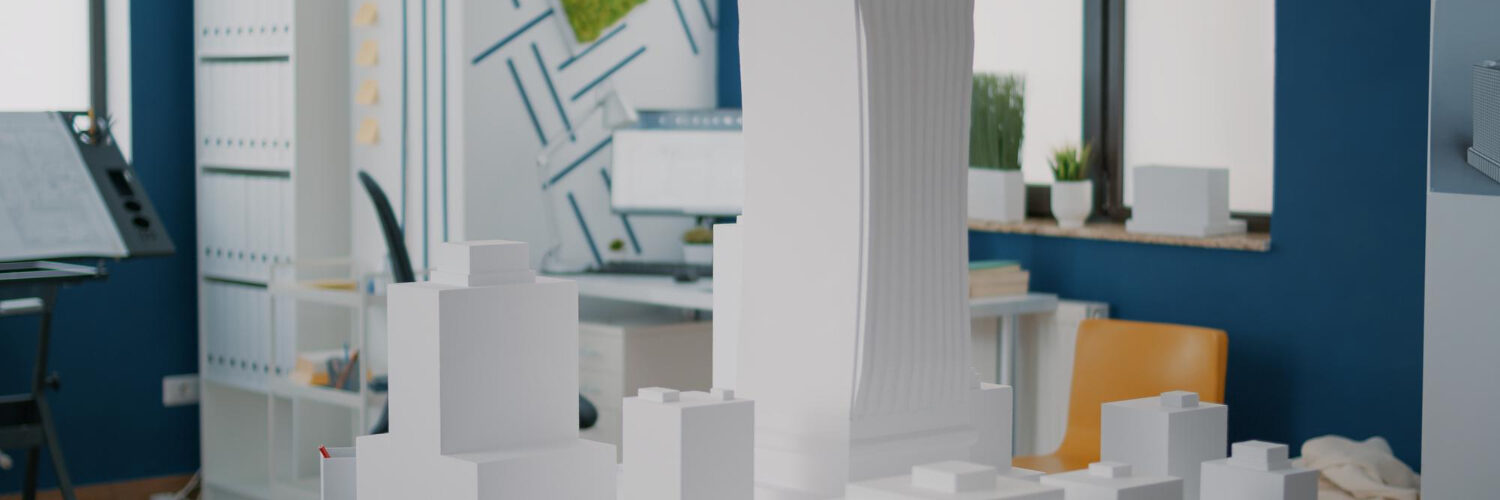Imagine having a backyard guest house or home office customized precisely to your liking, built in just a day, and delivered in five. That’s the vision Ross Maguire, CEO of Azure Printed Homes, is turning into reality with his innovative 3D-printed ADUs (Accessory Dwelling Units).
Customization at Your Fingertips:
Forget prefabricated models with limited options. Azure Printed Homes offers complete customization. “They can add and remove as much glass or solid wall as they choose,” explains Maguire. “They can add windows and doors where they choose.” Customers can personalize colors, finishes, and other details with a few clicks, creating a truly unique backyard haven.
From Frustration to Innovation:
Maguire’s inspiration stemmed from traditional construction methods, which he found slow, environmentally damaging, and inefficient. “We could see if we printed something that would allow us to do it in a factory,” he says, “and create more of the structure.” This led to the birth of Azure Printed Homes, fueled by a desire for speed, efficiency, and sustainability.
Sustainability Built In:
Speaking of sustainability, Azure Printed Homes uses recycled plastic and fiberglass, minimizing their environmental footprint. This aligns with a growing demand for eco-friendly construction solutions.
Speed is of the Essence:
Time is no longer a barrier. Azure Printed Homes can 3D print an ADU in just one day and deliver it within five. This swift turnaround eliminates lengthy construction delays, making the dream of a backyard addition more accessible.
Affordability on the Horizon:
Their 180-square-foot studio units start at $40,000, addressing another major challenge: cost. While there’s a waitlist, Azure Printed Homes plans to expand production soon. They even envision larger ADUs with two bedrooms catering to diverse needs and budgets.
Meeting Housing Needs:
Experts like Dana Cuff, director of cityLAB at UCLA, see immense potential in 3D-printed ADUs. “There are 500,000 single-family properties in Los Angeles alone,” she says. “Let’s just say 10 of those build a legal ADU; we would have 50,000 new housing units.” This highlights the significant contribution 3D-printed ADUs can make to addressing housing shortages.
A Glimpse into the Future:
Azure Printed Homes aren’t just building ADUs; they’re building a glimpse into the future of construction. By merging customization, sustainability, and speed, they offer a compelling alternative to traditional methods. Azure Printed Homes might hold the key if you’re seeking a personalized, eco-friendly, and swift solution for your backyard needs.
Ready to explore the possibilities? Visit Azure Printed Homes‘ website to learn more, customize your dream ADU, and be part of the future of housing.
Expanding on the Future of 3D-Printed Housing
While 3D-printed housing is still relatively new, its potential is vast and multifaceted. Beyond just ADUs, this technology holds promise for revolutionizing the entire construction industry, offering solutions to some of its most pressing challenges.
- Scalability and Adaptability: One of the critical advantages of 3D-printed housing is its scalability. Whether it’s a small backyard unit or a multi-story apartment building, the same technology can be applied, making it adaptable to various housing needs. This scalability also extends to design flexibility, allowing architects and homeowners to create previously impractical structures with traditional construction methods.
- Addressing Housing Affordability: Housing affordability is a significant concern in many parts of the world. 3D-printed housing has the potential to address this issue by reducing construction costs and timelines. By streamlining the building process and using cost-effective materials, developers can offer homes at lower price points, making homeownership more accessible to a broader segment of the population.
- Disaster Relief and Emergency Housing: In the aftermath of natural disasters or humanitarian crises, the need for safe and affordable housing becomes acute. Traditional construction methods are often too slow and costly to meet these urgent needs. 3D-printed housing offers a rapid and cost-effective solution, allowing relief organizations to deploy shelters and temporary housing units to affected areas quickly.
- Sustainability and Environmental Impact: As concerns about climate change and environmental sustainability continue to grow, the construction industry is under increasing pressure to reduce its carbon footprint. 3D-printed housing presents an opportunity to minimize waste, energy consumption, and emissions compared to traditional construction methods. By using recycled materials and optimizing designs for energy efficiency, 3D-printed homes can significantly reduce their environmental impact.
- Empowering Local Communities: Access to adequate housing is a fundamental challenge in many developing countries. 3D-printed housing has the potential to empower local communities by providing them with the tools and technology to build their own homes. 3D printing can catalyze sustainable development and improve living standards in underserved areas by transferring knowledge and skills and providing access to affordable building materials and equipment.
- Innovations in Material Science: The materials used in 3D printing are constantly evolving, opening up new possibilities for architectural design and construction. Researchers are exploring various materials, from advanced polymers to bio-based composites, that offer enhanced strength, durability, and sustainability. These innovations can potentially revolutionize how homes are built and how they perform over time, leading to more resilient and environmentally friendly structures.
As the technology matures and gains acceptance, we can expect to see even more significant advancements in 3D-printed housing in the coming years. From skyscrapers to affordable housing communities, the possibilities are limited only by our imagination and willingness to embrace change. With its combination of customization, sustainability, and speed, 3D printing is poised to reshape the future of housing and construction on a global scale.





